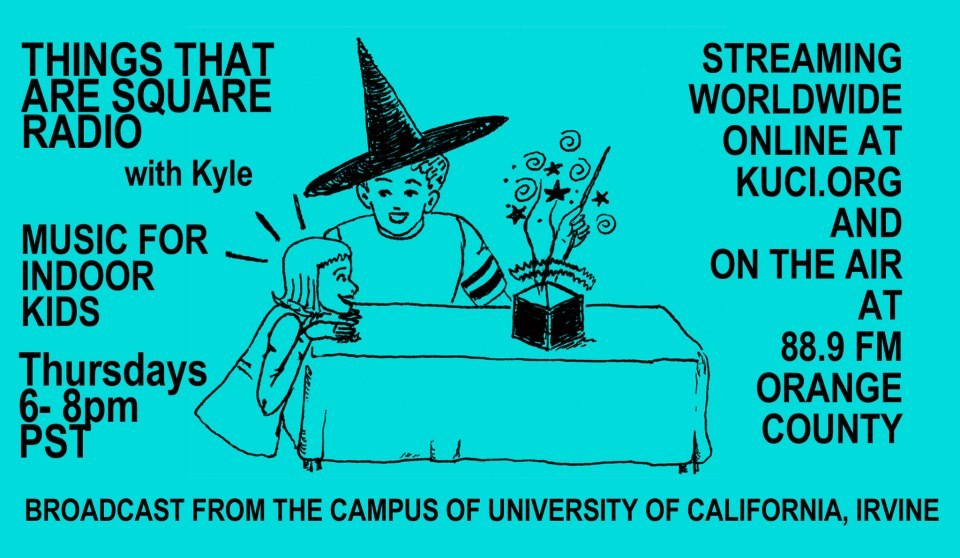Genre research project 48/1359: Polyphonic chant
European polyphony rose out of melismatic organum, the earliest harmonization of the chant. Twelfth-century composers, such as Léonin and Pérotin developed the organum that was introduced centuries earlier, and also added a third and fourth voice to the now homophonic chant. In the thirteenth century, the chant-based tenor was becoming altered, fragmented, and hidden beneath secular tunes, obscuring the sacred texts as composers continued to play with this new invention called polyphony. The lyrics of love poems might be sung above sacred texts in the form of a trope, or the sacred text might be placed within a familiar secular melody.
These musical innovations appeared in a greater context of societal change. After the first millennium, European monks decided to start translating the works of Greek philosophers into the vernacular. Western Europeans were aware of Plato, Socrates, and Hippocrates during the Middle Ages. However they had largely lost touch with the content of their surviving works because the use of Greek as a living language was restricted to the lands of the Eastern Roman Empire (Byzantium). The ancient works started then being translated. Once they were accessible, the philosophies had a great impact on the mind of Western Europe.


0 Comments:
Post a Comment
Subscribe to Post Comments [Atom]
<< Home